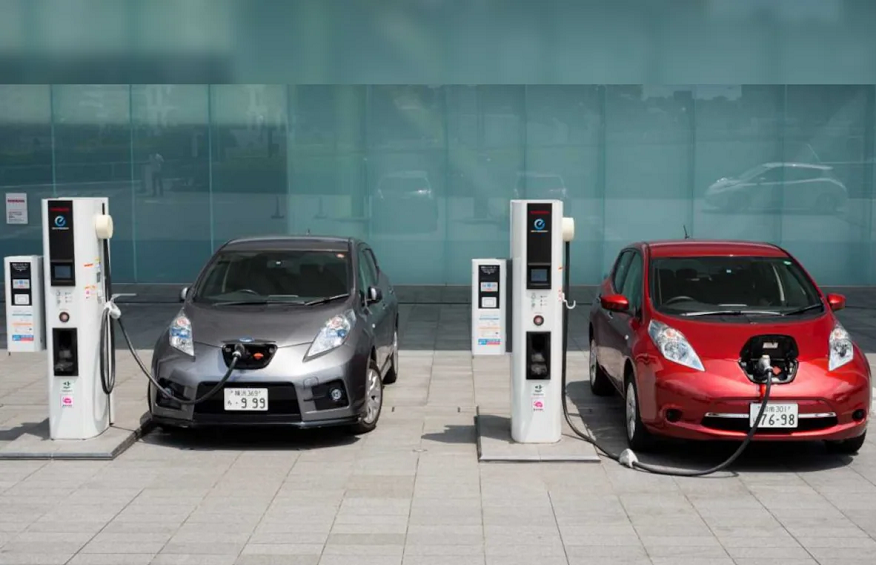In the last few years, electric vehicles have been making a wave in the automobile sector, changing how people think about transportation. But you could be wondering why electric vehicles are fascinating and how they make a difference.
Why Electric Vehicles?
Electric cars are becoming a trend that is going to stay for long. The major reason for the growing popularity is that EVs allow users to shift away from using fossil fuels emitting carbon dioxide. It also helps minimize greenhouse gas emissions contributing to air pollution.
If companies don’t shift to electric vehicles, transport emissions are likely to grow by 50% by 2050, especially from buses and trucks.
Electrification of commercial fleets is promising to reduce the negative impacts of gas emissions in the transportation industry. With many countries agreeing to sign an international treaty against global climate change, the world is now set to minimize emissions by over 46% by 2030 and reach net zero by the time it reaches 2050.
Trends in the EV Industry
EV technology continues advancing with innovations. The V2G (vehicle-to-grid) market is expected to get a value of around $4.54 billion by 2025, which is a significant growth demonstrating the exciting potential of v2G.
Two major trends in the EV industry are electric car monopolization and battery longevity. The trend of shifting to cheaper batteries allows the costs of vehicles to decrease. Plus, in the next several years, EV companies are focusing on designing fully electric vehicles, completely taking hybrids off the market.
With more improvement in lithium-ion battery cathodes, lower-cost batteries may also make EVs less costly than fuel-powered cars in the next few years.
Who Can Dominate the EV Market?
According to a recent report from Vantage Market Research, EV sales have increased by 100% between 2021 and 2022, which is a total of about 6.98 million electric vehicles with a market size of around $166 billion.
Tesla is the biggest brand, with more than one million electric vehicles sold out last year. But General Motors and Volkswagen are also anticipated to be the key leaders in 2025 as the EV market is projected to surge ahead by 18% a year between 2023 and 2028.
All in all, the race toward the share of EVs market isn’t the only key goal. In order to get more EV sales, companies are also looking into other aspects they didn’t consider before, and this may indirectly and directly impact their sales and production.
What is the Road Ahead?
The EV charging stations’ future is very electrifying. As the demand for EVs continues surging, entrepreneurs, governments, and businesses are pushing the innovation boundaries to bring the following developments:
- Further enhancement of V2G systems enables bi-directional energy flow between the grid and EVs.
- Integration of a smart charging system to minimize strain on the grid and optimize energy management.
- Advancements in battery technology to decrease charging time and increase range
Final Touches
Electrification plays a vital role in the growth of the transport industry and presents a lot of great opportunities in every vehicle segment, even though the extent of change and pace will vary. In order to ascertain the widespread and fast adoption of EVs, launching more of them in the market should be the first step towards achieving the goal.

